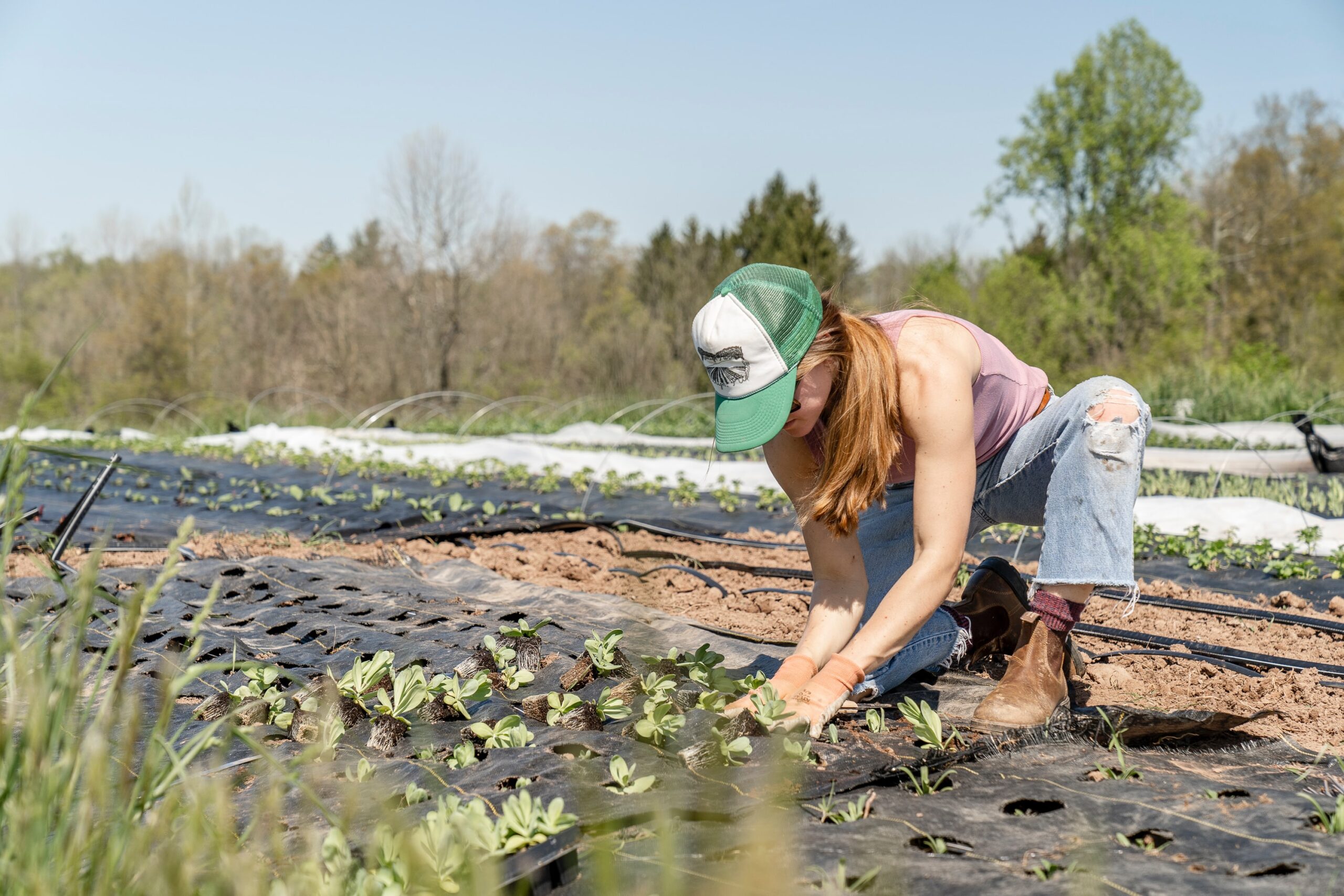On the small scale the farm produces fall sweet corn, we just use a push planter.
The wheels turn a plate that picks up a seed and drops it into the hole.
But if you get the wrong plate, you won’t drop enough seeds, or you’ll drop too many at once.
That’s what happened this year.
Dad was thinking there would be a double planting every few holes.
Turned out there was a double and triple planting far more frequently.
So the family and I spent time on Labor Day laboring – thinning out the beds so there was one stalk on every hill.
Why?
What’s the big deal?
More seed = more plants = more corn!
(And we all know how the Internet loves corn right now).
Except it doesn’t work that way.
Every one of those corn plants takes a lot of water and nutrients to make an ear of corn.
And even if we could dump enough irrigation and fertilizer, we can’t make more sunlight in an open field.
Overcrowding is a real thing.
If we did not thin them out, we’d end up with a bunch of stalks and tiny, unfilled ears of corn.
This is the same reason we prune tomato plants and fruit producers prune their trees.
We thin and prune because it actually produces a bigger, better harvest.
…
You may get dialed in and all of the sudden have more leads than you can handle.
You have to thin them out.
And that means you qualify harder.
It will seem weird, maybe even painful.
Like you’re leaving money on the table.
But trust me.
If you dilute your resources trying to cultivate every opportunity that germinates, none of them are going to produce anything.
Your sales will be bigger, fuller, and sweeter when you thin and prune them.
Next season you can focus on expanding your operations and capacity for handling more.
But you have to get through the season you’re in and harvest a good crop, first.







